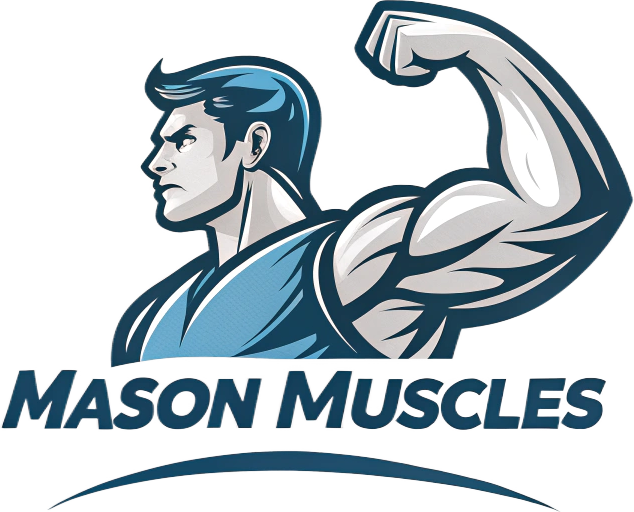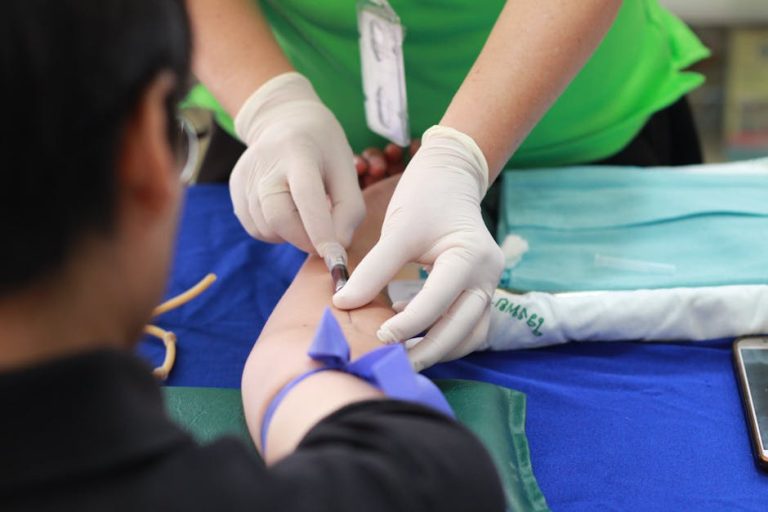Unleash Your Heart: The Art and Science of Cardiovascular Exercise Programming
In a world where instant gratification often trumps long-term benefits, we frequently overlook the most vital aspect of our health—our cardiovascular fitness.
When it comes to cardiovascular exercise programming, we aren’t merely talking about sweating it out on a treadmill or taking the occasional jog around the park. We are diving into a comprehensive and structured approach to enhancing heart health, improving stamina, and elevating overall well-being. But before you lace up those sneakers, let’s break down what cardiovascular exercise programming really entails, its importance, and how to approach it effectively.
### Understanding Cardiovascular Exercise Programming
At its core, cardiovascular exercise programming is about designing a strategic plan that maximizes your heart health and aerobic fitness. It’s not just about doing any exercise that gets your heart pumping; it involves a careful blend of intensity, duration, frequency, and variety tailored to your individual fitness level and goals.
#### The Benefits of Cardiovascular Exercise
1. **Heart Health**: Regular cardiovascular exercise strengthens the heart, allowing it to pump blood more efficiently and reducing the risk of heart disease.
2. **Weight Management**: Cardio is a fantastic calorie burner. Whether your goal is weight loss or maintenance, a solid cardio routine can help.
3. **Mood Booster**: Cardiovascular workouts release endorphins, which can reduce stress and promote a sense of well-being.
4. **Increased Endurance**: Over time, consistent cardio training improves your stamina, enabling you to perform daily activities with more energy.
5. **Social Interaction**: Group classes or outdoor activities can be a great way to meet people and build a community around fitness.
### Crafting Your Cardiovascular Exercise Program
Creating a cardiovascular exercise program that works for you can be exciting and empowering. Here’s a step-by-step guide to get you started:
#### 1. **Assess Your Current Fitness Level**
– Before diving in, take note of your current exercise habits and cardiovascular endurance. This can include activities like walking, running, cycling, or swimming.
– Consider performing a simple fitness test, like a 1-mile run or a 3-minute step test, to gauge where you currently stand.
#### 2. **Set Clear Goals**
– What do you want to achieve? Weight loss, improved endurance, or perhaps training for a race? Clear goals will help you stay motivated and measure progress.
#### 3. **Choose Your Activities**
– Variety is key in any exercise program. Include different forms of cardio such as running, cycling, swimming, and even group fitness classes. This not only keeps things interesting but also works different muscle groups.
#### 4. **Determine Frequency and Duration**
– The American Heart Association recommends at least 150 minutes of moderate-intensity or 75 minutes of vigorous-intensity cardio each week. Break this down into manageable sessions throughout the week.
#### 5. **Monitor Intensity**
– Utilize the talk test—if you can hold a conversation while exercising, you’re likely at a moderate intensity. Incorporate intervals of higher intensity to boost your cardiovascular fitness over time.
#### 6. **Track Your Progress**
– Use fitness apps or a simple journal to track your workouts, progress, and how you feel. Celebrate milestones along the way!
### Making It Sustainable
The beauty of cardiovascular exercise programming lies in its adaptability. Feel free to switch up activities based on your mood or the season. Winter might call for indoor cycling classes, while summer could be perfect for outdoor runs or hikes. Additionally, don’t underestimate the power of rest days—your body needs recovery time to improve.
### The Psychological Impact of Cardiovascular Exercise
Beyond the physical benefits, the psychological impact of regular cardiovascular exercise is profound. It can improve self-esteem, reduce anxiety, and combat symptoms of depression. With every step, pedal, or stroke, you are not just working out; you are also forging a stronger mental state.
### Conclusion
Cardiovascular exercise programming is not merely about burning calories; it’s a vital investment in your health and longevity. As you embark on your journey to better heart health, remember that it’s a marathon, not a sprint. So, put on those sneakers, find what moves you, and let your heart lead the way to a healthier, happier you!




